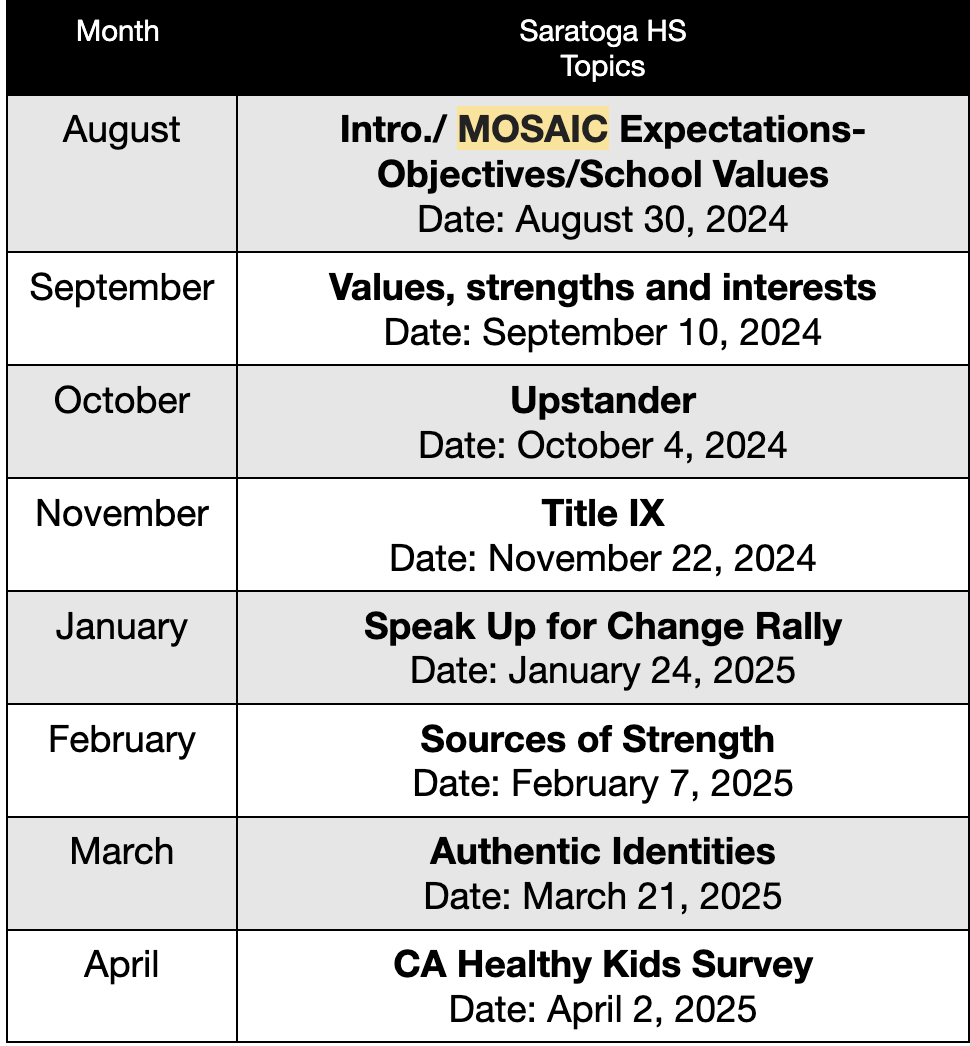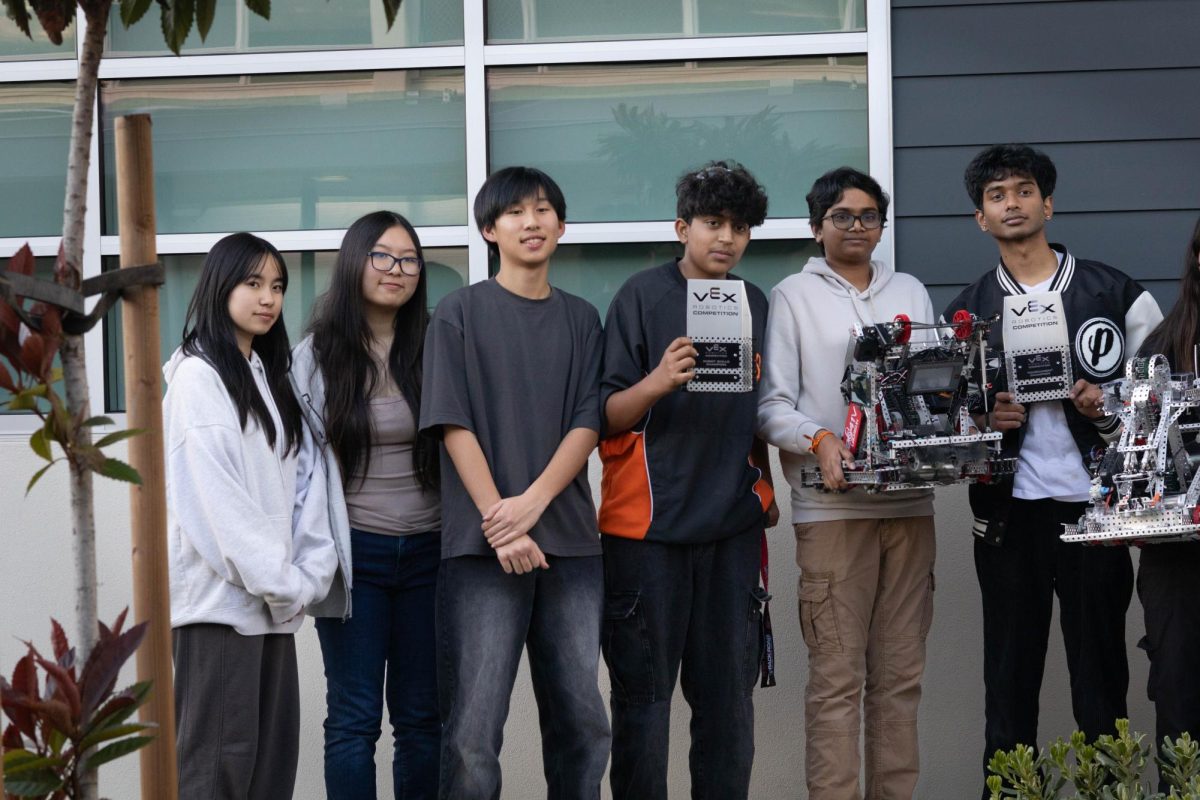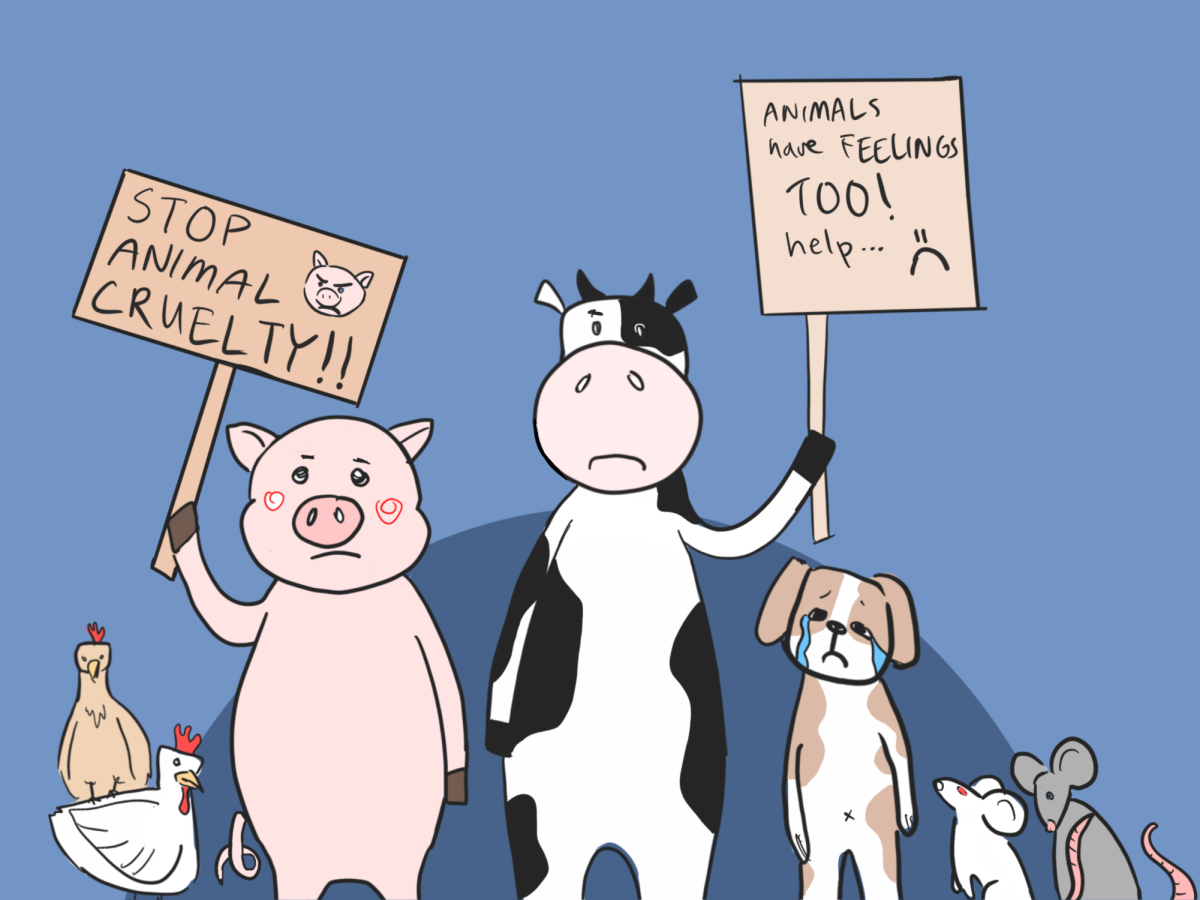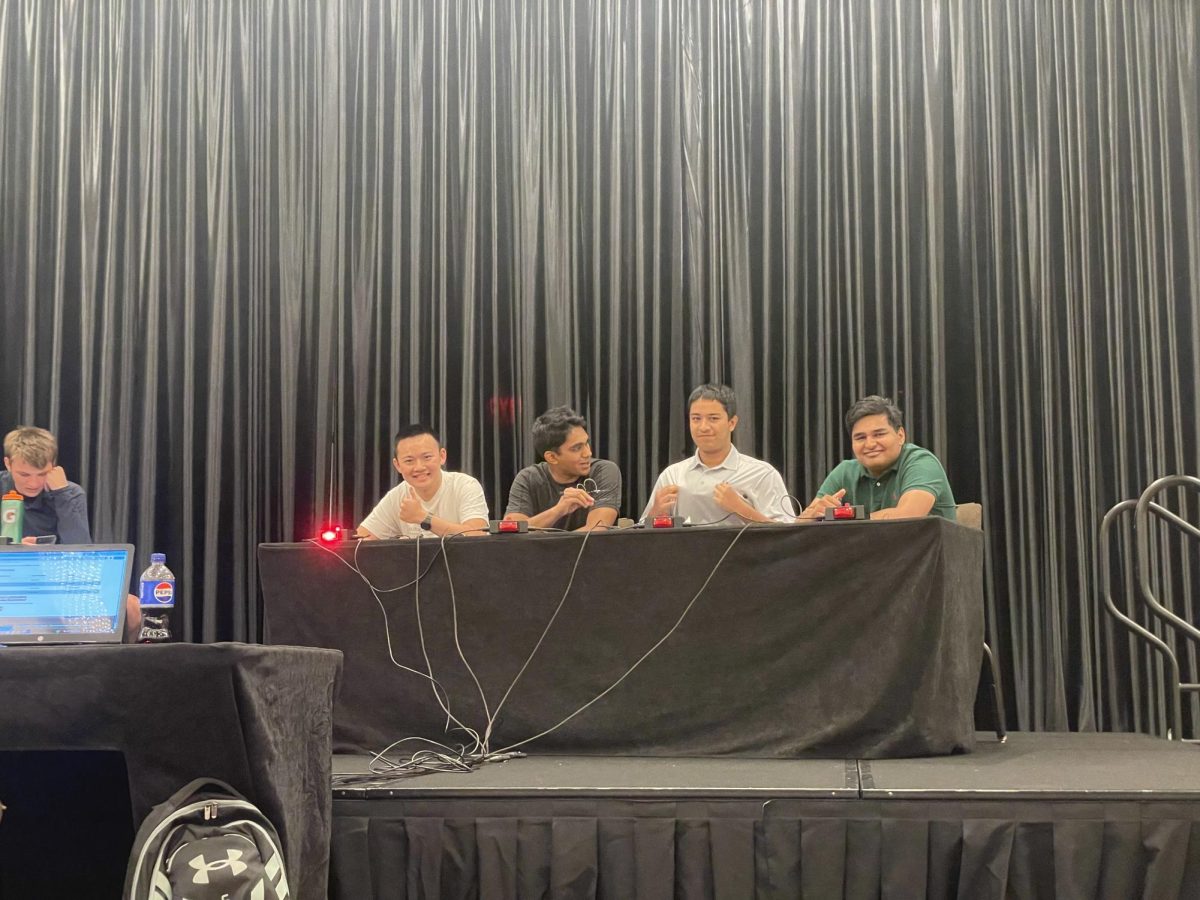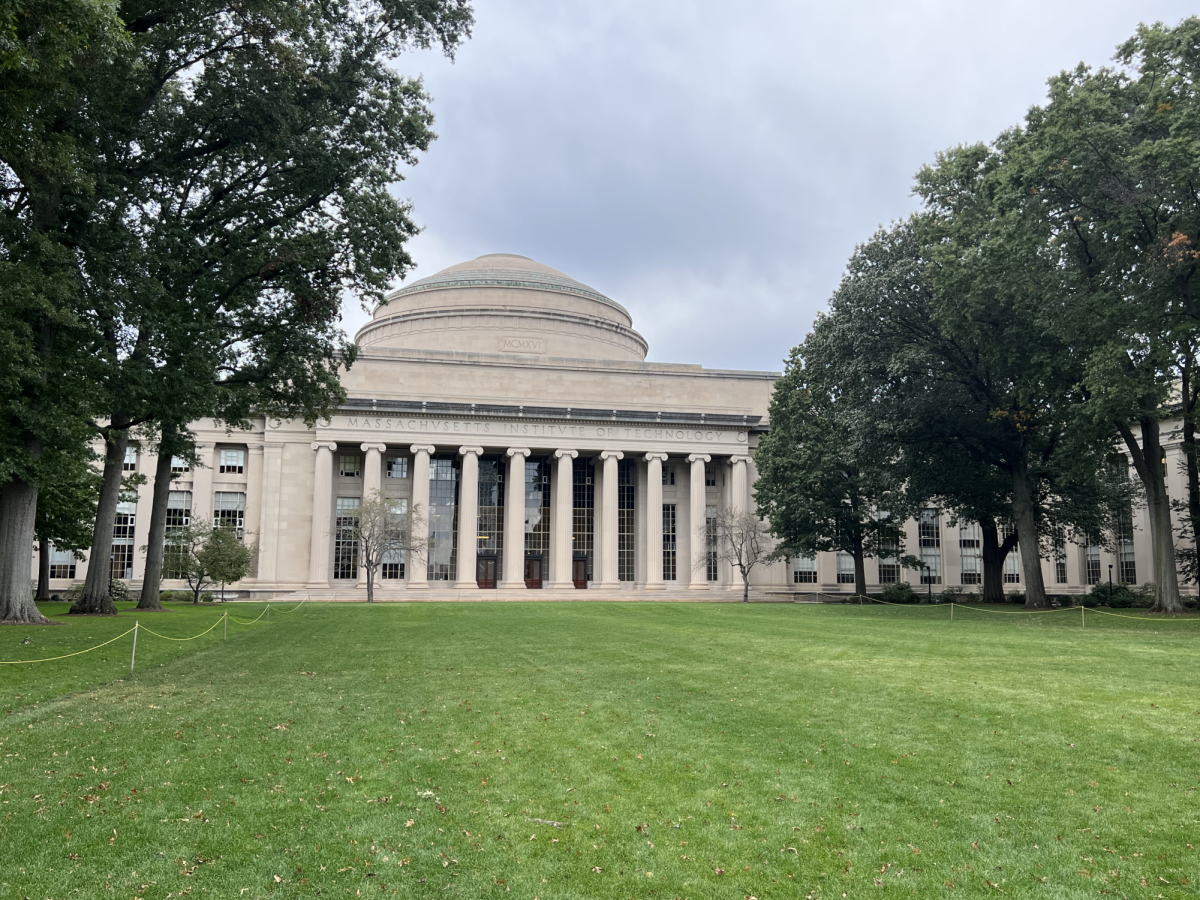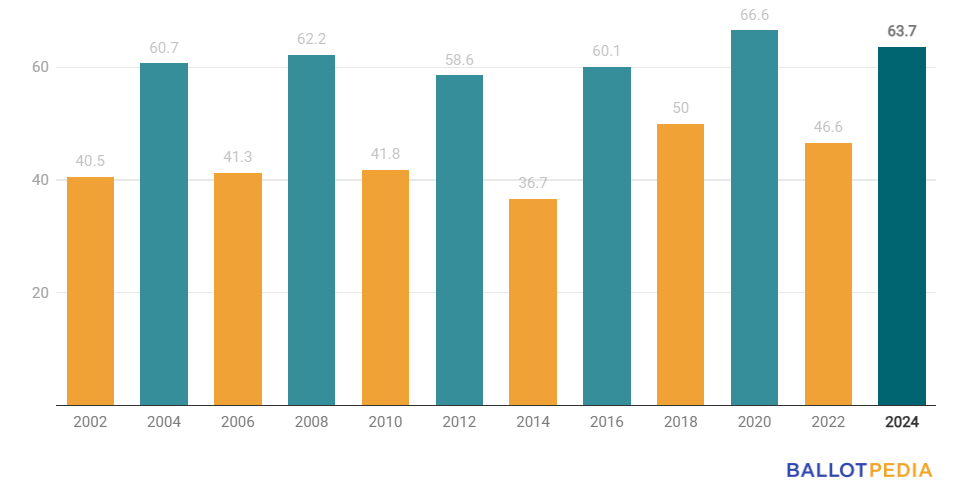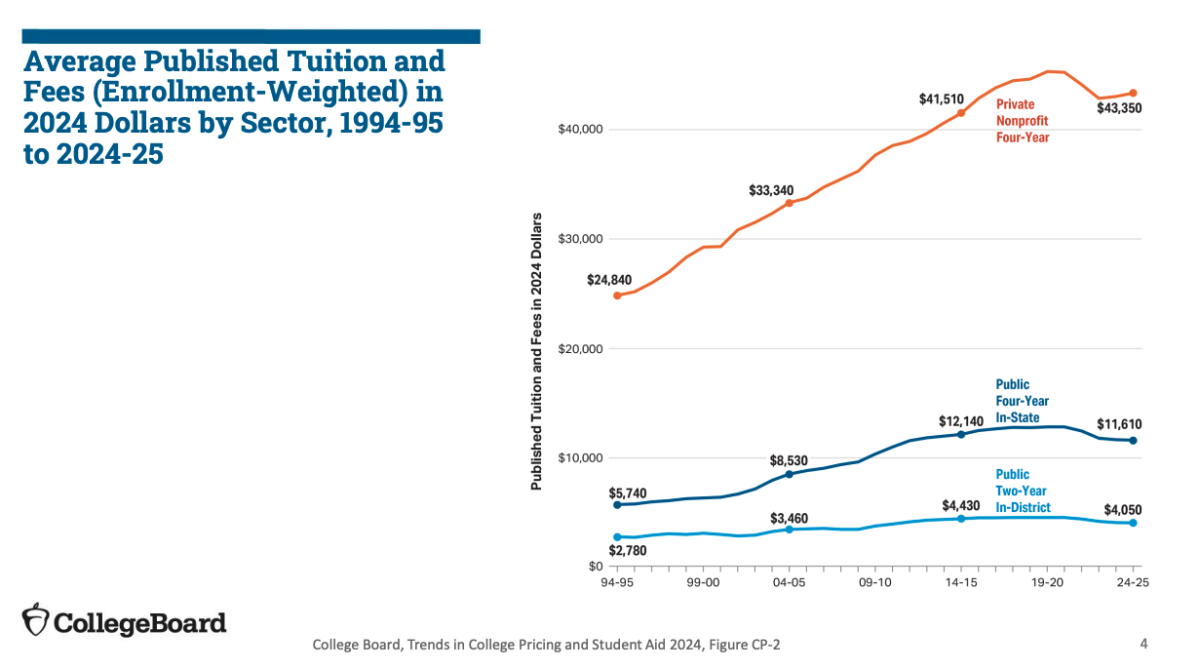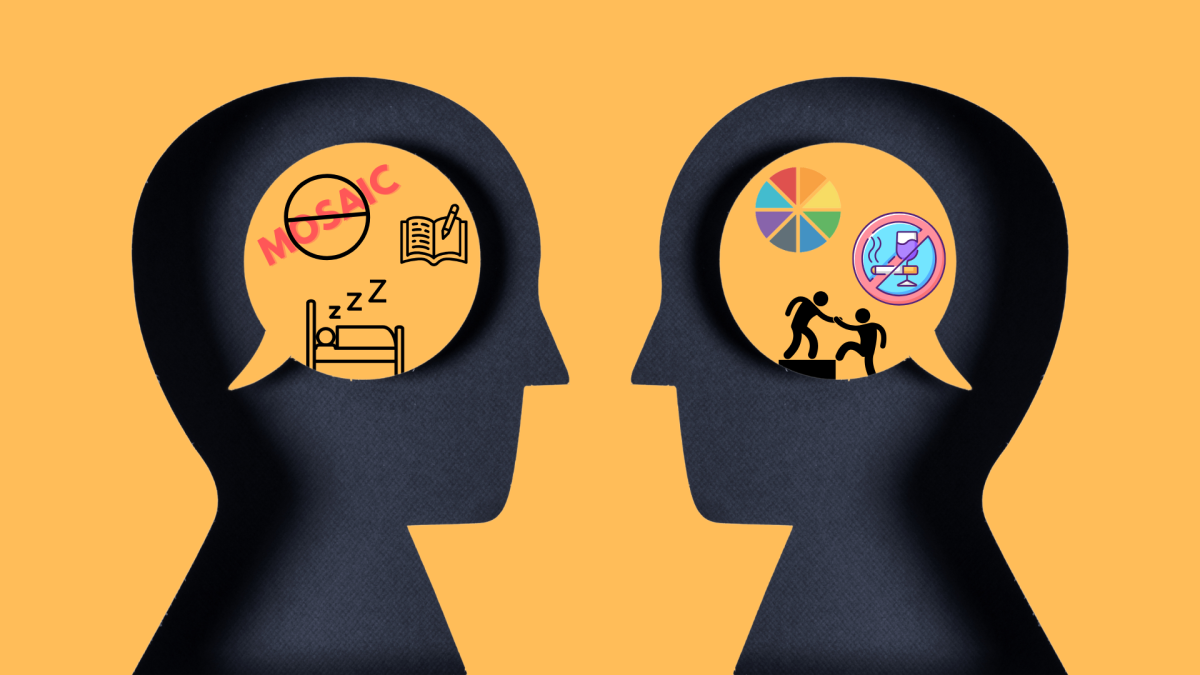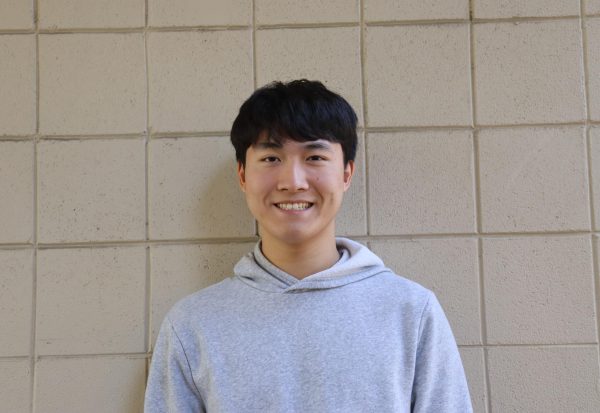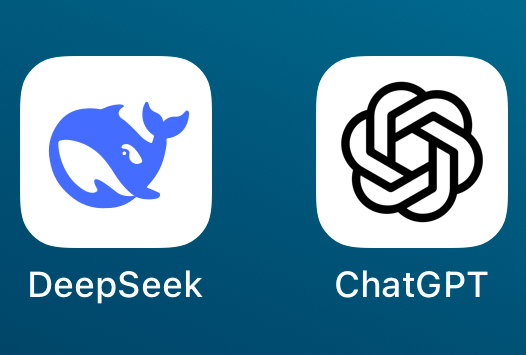
On Jan. 20, a new generative AI chatbot called DeepSeek became the latest salvo in the battle over the new technology’s development.
DeepSeek, developed by a Chinese research team, is the first AI designed with a strong emphasis on Chinese language and text generation. With its debut model, DeepSeek-R1, launching for free on iOS and Android, the topic of generative AI has been once again thrust into the public spotlight, prompting discussions about its capabilities, implications and the ongoing AI race to develop advanced models.
As a new contender in the large language model (LLM) field, DeepSeek challenges OpenAI’s ChatGPT not just in performance but in its philosophy and potential impact. Its arrival marks more than a technical advancement but a larger shift in AI development — one where AI models are no longer just about pure computational ability but about catering to different linguistic, cultural and practical needs. This evolution should not be seen as a battle over which AI will dominate world markets, but rather as an encouraging sign that AI is diversifying, becoming more specialized and ultimately serving more people’s needs more effectively.
DeepSeek itself signals a transformation in the AI landscape, where Western models have largely set the standard. While OpenAI’s ChatGPT is recognized for its broad multilingual capabilities and for its pioneering status, DeepSeek is positioning itself as a more regionally attuned alternative, especially for Chinese-language users.
This raises an important question: Will AI become increasingly specialized by language and region, or will globalized models continue to dominate? The former is not only inevitable but also beneficial. Rather than fearing fragmentation and division, we should see the emergence of new AI models as a sign of healthy competition, ensuring that AI serves diverse communities rather than forcing a one-size-fits-all approach.
What makes DeepSeek’s arrival even more remarkable is its technical efficiency. Unlike ChatGPT and other Western AI language models that require immense computing power for training, DeepSeek reportedly operates with significantly lower hardware demands. This shift in efficiency contributed to decreased market confidence in the continued demand for Nvidia’s high-end chips, leading the chip maker’s stock price plummeting 17% and making it Nvidia’s worst day on the market since March 16, 2020. This optimization not only reduces costs but also opens the playing field, making AI development more accessible to a broader range of researchers, startups and industries. With the possibility of requiring fewer resources to build equally successful models, AI is no longer just a race among the biggest tech companies.
Beyond DeepSeek’s linguistic focus and degree of technical innovation, there is the matter of purpose. ChatGPT has become a generalist tool, widely adopted for creative writing, problem-solving and coding. DeepSeek, on the other hand, seems to be taking a more targeted approach toward business, research and educational applications. Notably, its DeepThink (R1) feature provides highly accurate answers along with a detailed step-by-step process typed out as the chatbot “thinks.”
This difference in vision underscores how AI is not merely a technological race but also a reflection of cultural and market-driven priorities. Rather than seeing this as a competition to crown a single AI as champion, we should welcome the fact that different models are prioritizing different goals. Specialization means better quality and more meaningful applications across various industries.
Of course, no AI model can escape the important discussion of ethics and regulation. ChatGPT has faced scrutiny for its biases, misinformation potential and content moderation policies. OpenAI has attempted to address these issues through training updates and transparency efforts, but concerns remain.
DeepSeek, coming from a quite different regulatory environment, faces its own set of challenges — especially in navigating censorship, governmental oversight, and the subtle balance between generative freedom and control. As AI continues to develop and improve it only amplifies these ethical concerns as the origins of these models will inevitably reflect certain societal values and rules. However, more competition in the market simultaneously means scrutiny, and in the long run, this may lead to better AI governance and accountability.
The competition between ChatGPT and DeepSeek should not be interpreted as just about who builds the most powerful language model; it is ultimately about shaping the future of AI itself. DeepSeek’s release signals a shift in the AI industry from a sprint toward a single finish line and more like a complex ecosystem where different players are prioritizing different goals.
Businesses, governments and other organizations must now decide not only which AI model is more advanced but which one aligns better with their needs and expectations. Rather than stressing over which AI will dominate we should recognize that this evolution is moving toward a world where multiple AI models coexist, each potentially excelling in different areas and collectively improving human convenience and quality of life.
The release of DeepSeek is a breakthrough AI launch — it signals that the AI revolution is still unfolding, with new models constantly reshaping the industry dynamic and expanding consumer choices. But beyond performance metrics and market competition, the larger conversation — about regulation, ethics and the cultural imprint of AI — will shape its future just as much as the technology itself. A future where AI is more specialized, regionally attuned and market-driven is one to embrace, not to fear.

